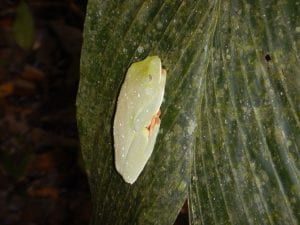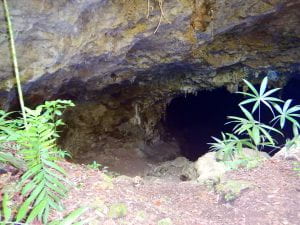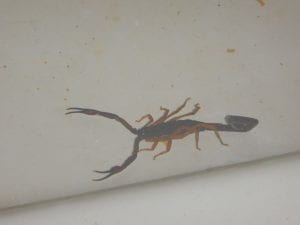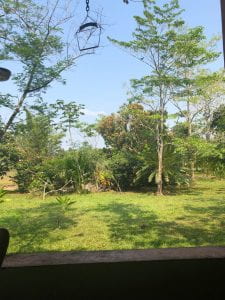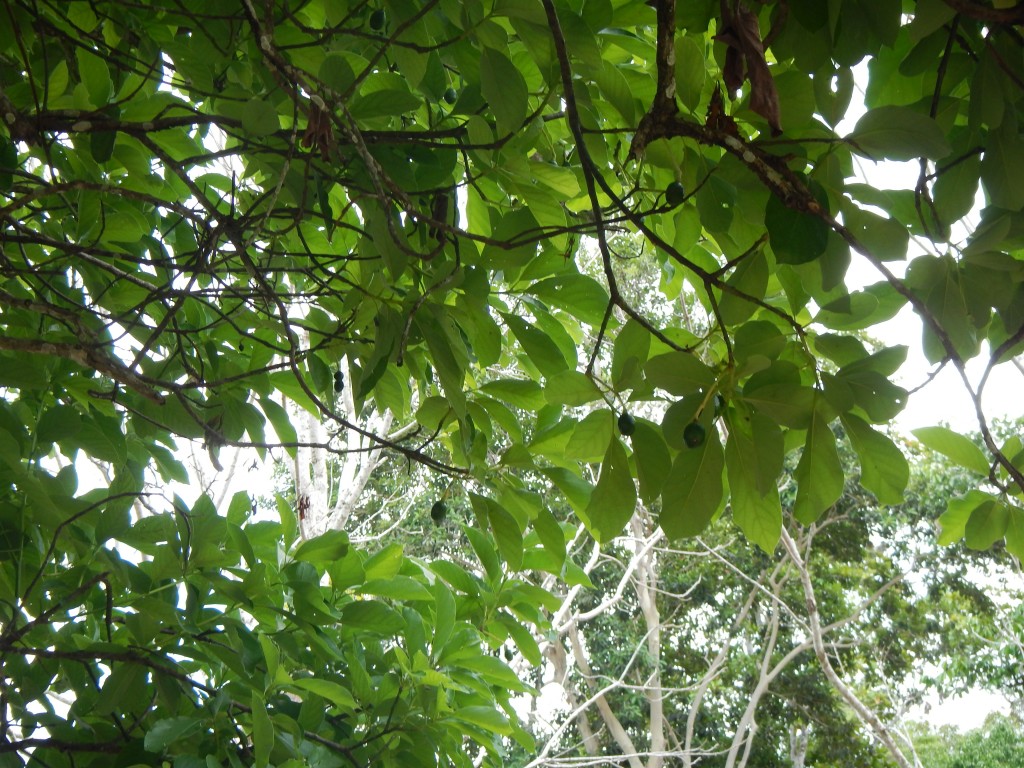5/19/19: Today, we started our day with an early morning research project. We were looking at how hurricane impacts areas within the Chiquibull, specifically how they impact plant diversity. We were able to create a poster and present it all before lunchtime. I am not going to lie it felt pretty productive to get that all done in one morning.
Next, we had a second research project for the afternoon where we looked at the relationship of Cecropia trees and Aztec ants. We wanted to know if trees that were not colonized by the ants (ants provide tree protection against attack from herbivores) had tougher leaves to prevent herbivory. We are still working on the project, but I will keep y’all updated on the results.
I think my favorite part of the day was overlooking the entire Chiquibul forest from the bird tower. The sun was just starting to set and the dimming sunlight made for a beautiful sight. To see nature undisturbed for miles upon miles, it was incredible. I also got to take some nice photos with a great view which is always a plus.
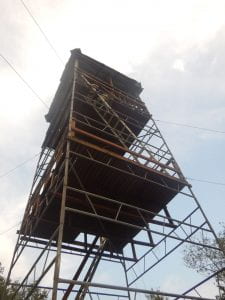
As for my beloved arachnids, not much has changed. We saw a small Florida Bark scorpion (C. gracilis), orb weaver spider, and a few Red-Rumped (B. vagans) tarantulas today. However, something cool that I have noticed on night hikes is the sheer number of spiders on the forest floor. As we walk with our headlamps, their eyes are illuminated and reflect back towards us. In fact, we thought we saw a wolf spider with a glittery back, but we soon realized, it was not glitter at all. The spider was carrying hundreds of young spiders! With the way things are going, I am excited to start another project tomorrow.
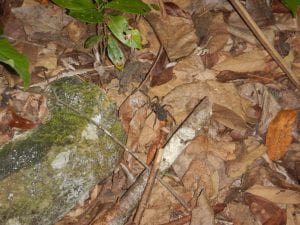
Wish me luck!
-Bella


